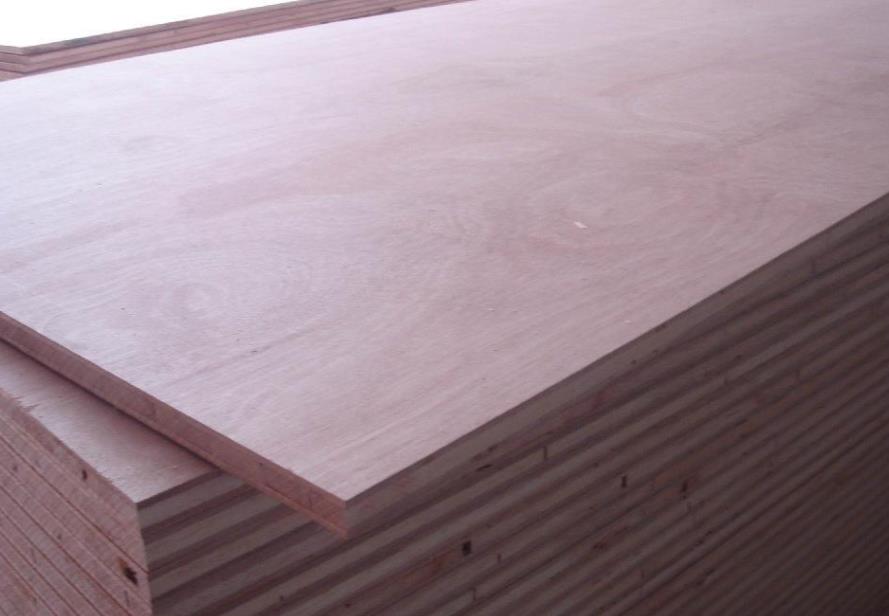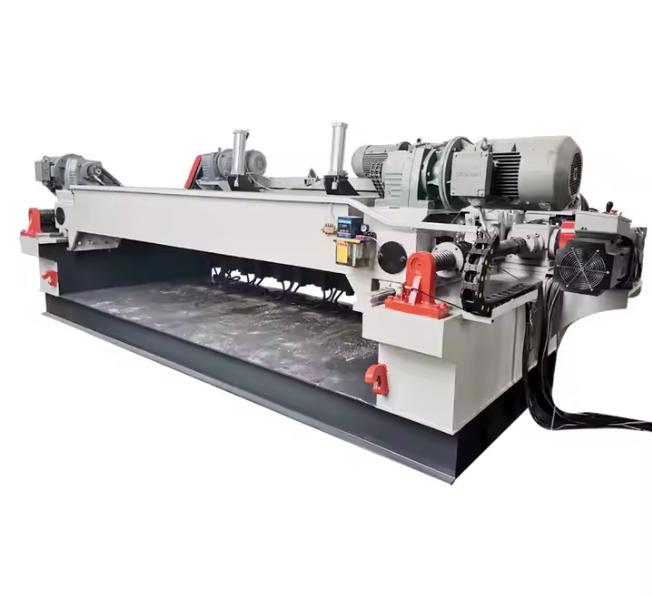In the wood processing industry, the cardless rotary cutting machine is an important equipment that can efficiently rotate wood into veneers. However, after long-term work, some components of the cardless rotary cutting machine may suffer from wear and tear, and if not properly maintained, it may not work efficiently. Therefore, mastering the correct maintenance methods is crucial for extending the service life of cardless rotary cutting machines and improving production efficiency.

1、 Preparation before use
Before starting to use the cardless rotary cutting machine, be sure to carefully read the product manual. This step is crucial because the manual provides detailed information on the functions and usage of the rotary cutting machine. Only by fully understanding these contents can installation and debugging be carried out correctly.
Before starting, carefully inspect all parts of the cardless rotary cutting machine. Ensure that all fasteners are in a reliable locking state, which can prevent loosening during equipment operation and avoid potential faults and safety hazards. At the same time, it is necessary to check the rotating parts to ensure that there is no obstruction and that the equipment can operate smoothly.
2、 Key points of daily maintenance
Operating standards
The hydraulic, pneumatic, and electrical controls inside the cardless rotary cutting machine should be strictly operated according to the instructions. The correct operation of these systems not only ensures the normal operation of the equipment, but also extends its service life. For example, when operating a hydraulic system, attention should be paid to controlling pressure and flow to avoid damage to equipment caused by excessively high or low pressure. For the electrical control part, it is necessary to prevent the occurrence of overload and short circuit situations.
No one is allowed to stand between the two knife rollers. This is an important safety regulation, as the high-speed rotation of the tool holder rollers during equipment operation may cause serious injury to personnel standing in between.
Lubrication and maintenance
The lubrication parts of the cardless rotary cutting machine should be regularly lubricated with lubricating oil. Lubrication can reduce friction, decrease wear, and extend the lifespan of equipment components. Except for the servo motor box, all other transmission boxes should be lubricated with grease. When selecting lubricating oil and grease, it is necessary to choose suitable products according to the requirements of the equipment and the usage environment, ensuring that they have good lubrication and oxidation resistance.
Regularly check the quality and quantity of lubricating oil and grease. If lubricating oil is found to have deteriorated or contaminated, it should be replaced in a timely manner. At the same time, it is important to ensure that the oil level or grease level in the lubrication area is within an appropriate range to avoid affecting the performance of the equipment due to insufficient or excessive lubrication.
Cleaning work
Keeping the card free rotary cutting machine clean is also an important part of maintenance and upkeep. During the operation of the equipment, debris such as sawdust and dirt may be generated. If not cleaned in a timely manner, these debris may enter the interior of the equipment and affect its normal operation.
Regularly clean the surface and internal debris of the equipment. Compressed air or soft bristled brushes can be used to clean the dust on the surface of the equipment. For internal debris, specialized cleaning tools can be used for cleaning. At the same time, attention should be paid to cleaning the heat dissipation parts of the equipment to ensure good heat dissipation and avoid damage due to overheating.

3、 Regular inspection and adjustment
Adjustment of the position of the rear limit switch
If the position of the rear limit switch changes due to other reasons, please readjust the position of the photoelectric switch according to the dimensions marked on the machine data plate. The accuracy of the position of the rear limit switch is crucial for the normal operation of the equipment. Incorrect position may lead to equipment failure or the production of substandard products.
When adjusting the position of the limit switch, carefully measure and verify the dimensions marked on the machine data plate to ensure the accuracy of the adjustment. Professional measuring tools can be used for measurement, and multiple tests can be conducted during the adjustment process to ensure the correctness of the switch position.

Component inspection and replacement
Regularly inspect various components of the cardless rotary cutting machine, such as cutting tools, drive belts, bearings, etc. For severely worn components, they should be replaced in a timely manner. The cutting tool is a key component of the rotary cutting machine, and its sharpness and wear directly affect the quality and production efficiency of the veneer. Regularly check the wear of cutting tools and promptly grind or replace them.
Drive belts and bearings are also components that are prone to wear and tear. Check the tension and wear of the drive belt, and adjust or replace it if necessary. For bearings, it is necessary to check whether they operate smoothly, whether there are any abnormal noises or heating phenomena. If damaged bearings are found, they should be replaced in a timely manner to avoid affecting the normal operation of the equipment.
The maintenance and upkeep of the cardless rotary cutting machine is a long-term and important task. By using the correct method, regular maintenance, and timely inspection and adjustment, the service life of the cardless rotary cutting machine can be effectively extended, production efficiency can be improved, and maintenance costs can be reduced. At the same time, safety should always be given top priority, and operating procedures should be strictly followed to ensure the safe operation of equipment. Only in this way can the performance advantages of cardless rotary cutting machines be fully utilized, bringing greater economic benefits to wood processing enterprises.
 How to maintain the wood veneer
How to maintain the wood veneer
01 January,1970
 How to evaluate the production
How to evaluate the production
01 January,1970
 What is the Veneer Drying Equip
What is the Veneer Drying Equip
01 January,1970
 New glue technologies for plywo
New glue technologies for plywo
01 January,1970
 What is the yield rate of eucal
What is the yield rate of eucal
01 January,1970
 Working Principle of Wood Spind
Working Principle of Wood Spind
01 January,1970